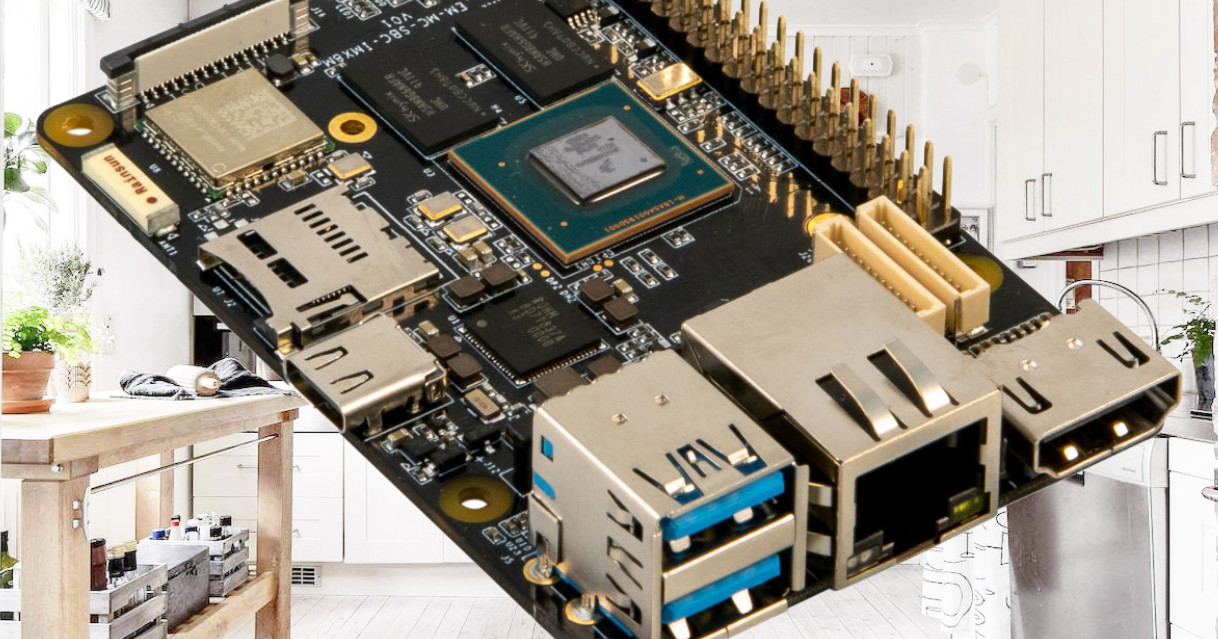Today’s daily lives make extensive use of an embedded pc. However, many individuals might be unaware that some of the everyday items we use are powered by embedded systems.
The cars, home appliances, TVs, and even watches all contain them.
Advantages
Reduced noise and failure rate:
The ability to program embedded devices to solely carry out a single task is their main benefit. As a result, they are less likely to malfunction than general-purpose computers because they do not contain any additional software that can cause issues while being used normally.
More resistant to dust, debris, and other particulates
Computers that are embedded are made to operate in challenging conditions where they may come into contact with dust, debris, and particulate matter. Compared to desktop computers, which are frequently made of more brittle materials like plastic, they are more resilient.
Less maintenance overall
You require lesser effort to maintain them because embedded systems do not necessitate as much human engagement as do standard systems. Because their components are less prone to wear and tear over time, they also often have longer lifespans than traditional systems.
Smaller size
Because embedded systems don’t need a lot of memory or computing capacity, they are smaller than conventional computers. Because of this, they are perfect for usage in confined locations where conventional computers would be too large or noisy (such as airplanes).
Become lighter
Because embedded systems rely on hardware components that can be easily integrated into the product and do not require a power supply, the lower weight is made achievable. These parts are also smaller in size, so they may fit in smaller spaces.
Lower price
Because fewer human interventions are required, the cost can be lower. Additionally, many components that can drastically increase prices for larger projects like mobile phones or tablets—such displays and keyboards—are not required.
Disadvantages
Limited processing resources
Both their processing speed and memory are constrained. Running numerous applications simultaneously becomes challenging as a result. There will be space concerns, for instance, if you want to run an operating system and application software simultaneously. Therefore, it is advised to use RAM with less than 1 MB for each application in order to prevent interference.
Simplicity of task management
The fact that embedded systems are simple by nature and incapable of handling complicated jobs is another drawback. In contrast to general purpose computers, which can run multiple applications at once, embedded systems can only run one program at a time, which makes them less efficient than other types of computers.
Hard-coded:
The user might not be able to alter the code. Sometimes this is done to make sure the embedded system functions properly, but it can also stop users from personalizing their interaction with an embedded system. For instance, if someone wanted to disable or enable specific functions on their smartphone, they might not have had that option with an embedded system because doing so would completely disrupt the device’s operation.A
Conclusions
Embedded systems can be applied to many different things. The ability to use embedded systems allows manufacturers of consumer items, medical equipment, even aerospace and defense equipment to produce more enduring things. Given the rising need for mobile phones, autos, and other gadgets, embedded systems have a promising future. Effective utilization of embedded systems enables businesses to produce things more quickly, more affordably, and of greater quality. Additionally, by employing less materials, they enable producers to produce superior goods while minimizing their environmental impact.
